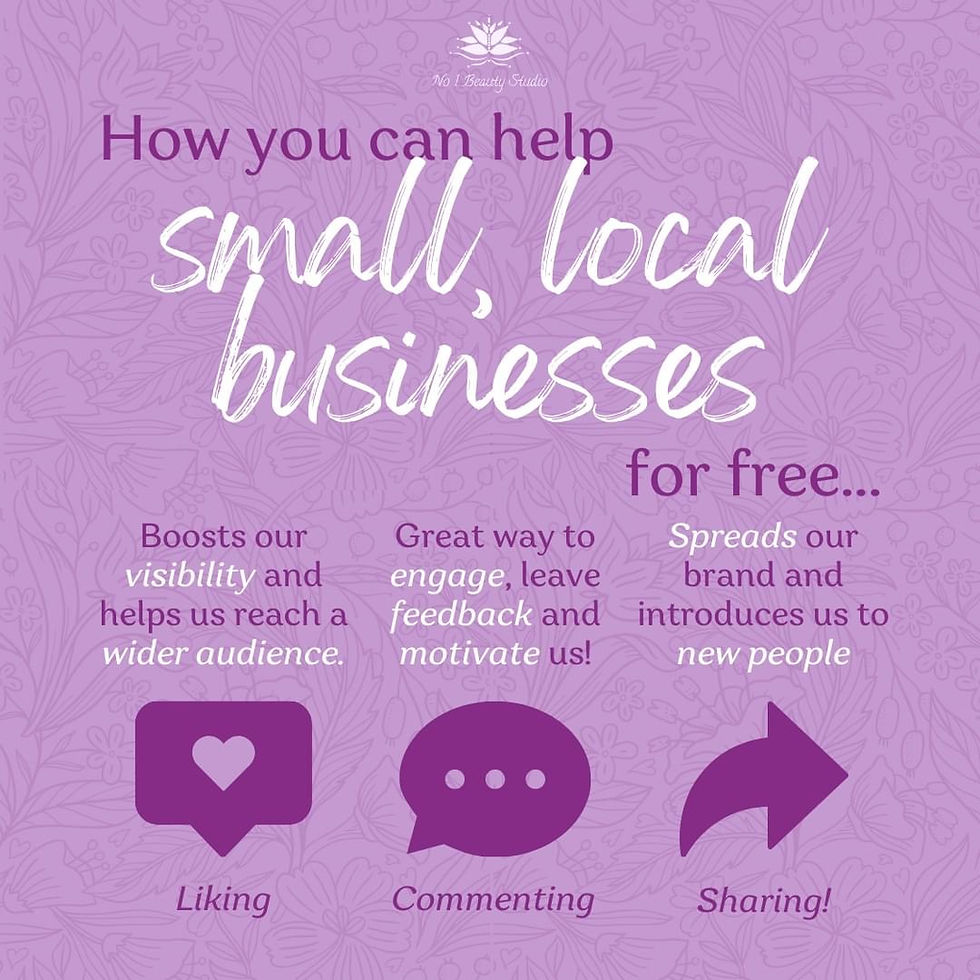Exploring Massage Therapy and Cupping Therapy for Optimal Health
- info7895148
- Jul 10
- 4 min read
Updated: Aug 8
Understanding Massage Therapy
Massage therapy is a hands-on treatment that involves the manipulation of muscles and soft tissues in the body. It aims to reduce tension, enhance relaxation, and promote overall physical and mental well-being. There are various styles of massage, including:
Swedish Massage: Known for its relaxing and gentle techniques.
Deep Tissue Massage: Targets deeper layers of muscle and connective tissue, often effective for chronic pain.
Sports Massage: Specifically designed for athletes to prevent injuries and enhance performance.
Massage therapy can help with a range of health issues such as anxiety, muscle pain, joint stiffness, and stress-related conditions. According to a study published in the Journal of Clinical Psychiatry, regular massages can significantly lower levels of cortisol (the stress hormone) in the body while boosting levels of serotonin and dopamine, which support mood elevation.

The Basics of Cupping Therapy
Cupping therapy is an ancient practice that involves placing cups on the skin to create suction. This suction can help increase blood flow to the affected area, reduce inflammation, and promote healing. Cupping is often used in conjunction with acupuncture in traditional Chinese medicine but has gained popularity in the West as well.
There are two primary types of cupping:
Dry Cupping: Involves using cups that create a vacuum without anything being applied to the skin.
Wet Cupping: Involves a small incision in the skin followed by the application of the cup, allowing for a small amount of blood to be drawn out.
Cupping therapy has been found to be particularly effective for muscle aches, migraines, and respiratory issues. A systematic review published in The Clinical Journal of Pain found that cupping provides significant relief for chronic pain conditions, especially when combined with other treatments.

Comparing Benefits and Effectiveness
Pain Relief
Both massage therapy and cupping therapy are known for their pain-relieving properties. Massage can help release muscle knots and enhance circulation, resulting in reduced pain levels. Cupping, on the other hand, is known to relieve pain through suction and increased blood flow.
According to a study in the Journal of Alternative and Complementary Medicine, both therapies effectively managed pain for conditions like fibromyalgia and lower back pain. The level of pain relief can vary depending on the individual's response to each therapy and the specific health condition being treated.
Muscle Recovery
Athletes frequently use both therapies for muscle recovery and injury prevention. Massage therapy can improve flexibility and decrease muscle tension, while cupping can speed up the recovery process by improving circulation and reducing inflammation.
Research conducted on elite athletes indicated that those who incorporated cupping into their recovery regimen reported less muscle soreness compared to those who only received traditional massage therapy.

Conditions Treated
Massage therapy and cupping therapy can both address a variety of conditions, but they may be more effective for certain issues:
Conditions Better Served by Massage Therapy
Chronic Stress and Anxiety: The relaxing nature of massage helps to lower anxiety levels.
Tension Headaches: Massage can alleviate tension that leads to headaches.
Sports Injuries: Targeting specific muscle groups can promote healing.
Conditions Better Served by Cupping Therapy
Chronic Pain Conditions: Cupping can be particularly effective for persistent pain relief.
Respiratory Issues: Conditions such as bronchitis or asthma may benefit from cupping's ability to improve lung function.
Digestive Issues: Cupping has been observed to relieve symptoms associated with gastrointestinal disorders.
The Role of Personal Preference
Ultimately, the effectiveness of each therapy can also depend on individual preferences and comfort levels. Some people may find the hands-on approach of massage more appealing, while others may enjoy the unique sensations of cupping. It is important to consult with a qualified therapist to discuss personal health needs.
Finding the Right Practitioner
Choosing the right practitioner is essential for both massage and cupping therapy. Here are some important factors to consider:
Qualifications and Licensing: Ensure your therapist is qualified and holds the required licenses. In many regions, massage therapists must be licensed, while cupping practitioners may need specialised training.
Review Experience: Look for a therapist experienced in the specific therapy you want. Read reviews and ask for recommendations.
Consultation: A preliminary consultation can help you assess if the practitioner understands your health needs and comfort level.
Holistic Approach: Look for practitioners who consider both physical and mental health aspects during treatment.
Making an Informed Choice About Your Wellness Journey
Deciding between massage therapy and cupping therapy can be challenging, but understanding their unique benefits and applications can help you make an informed choice. As alternative therapies gain traction in wellness circles, many individuals find value in combining both treatments for a more holistic approach to health.
If you are interested in exploring alternative therapies such as massage and cupping, consider starting with a consultation with a qualified practitioner. This can help tailor a treatment plan that best suits your needs.
Whether it's the relaxation of a massage or the invigorating effects of cupping, both therapies offer unique benefits that can be a valuable addition to your wellness routine. Remember to stay informed about your health choices and explore what works best for you.
Embracing Alternative Therapies for Holistic Wellness
As we continue to explore various avenues towards health, alternative therapies such as massage and cupping therapy provide exciting options for enhancing well-being. With evidence supporting their effectiveness for various conditions, both methods have their rightful place in the pursuit of a healthier lifestyle. Consider integrating these therapies into your routine for improved physical and mental health, and take steps now to prioritise your wellness journey.
Conclusion
In summary, both massage therapy and cupping therapy offer distinct advantages for health and wellness. By understanding their unique benefits, you can make a more informed decision about which therapy may be best for you. Each method has its own set of techniques and applications, making them suitable for different health conditions.
If you are looking to enhance your health, consider exploring both therapies. They can complement each other well, providing a comprehensive approach to wellness. Remember, the key to effective treatment lies in personal preference and professional guidance.
---wix---



Comments